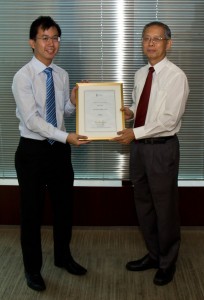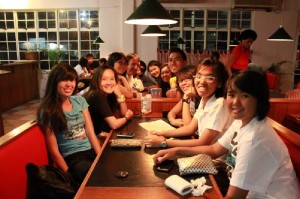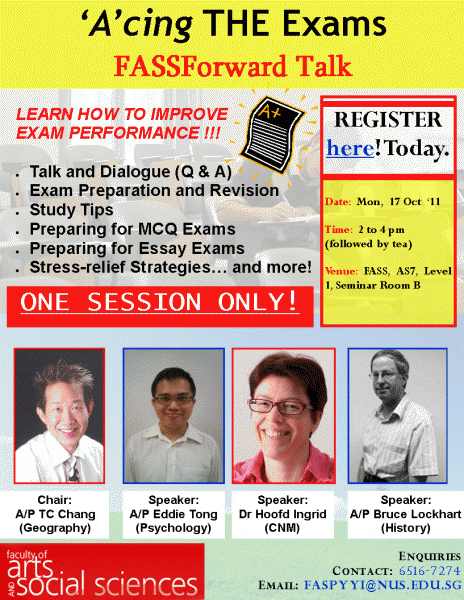
Faculty of Arts and Social Sciences recent graduate, Michael Wan, was the inaugural winner of the GIC Essay Prize. At the crux of his essay on “Post-Financial Crisis: Key Lessons, Opportunities and Recommendations for Asia’s Institutional Investors” were three points: 1. the need to fundamentally re-think risk management; 2. the debunking of the belief in efficient and rational markets; and 3. the increasing disparity between the developed and developing world, thus increasing the need to understand the nuances of each country before investing.
An Economics Honours student, Michael has always been passionate about the workings of the world economy and he saw the Essay Prize as a practical way of applying knowledge gained through internships and classes in NUS. Indeed, he seems to have a treasure trove of knowledge; what was most challenging to him was not the lack of ideas but the condensing of his ideas to fit the 2000-word requirement. He says, “I could have touched on so many aspects of the Global Financial Crisis”.
Michael has just completed an internship with RBS on the economic research desk and will be joining the Urban Redevelopment Authority (URA) as a property market analyst at the end of the month.
At the award presentation ceremony on 7 October 2011, GIC Group President, Mr Lim Siong Guan, was on hand to present the prize to Michael and second prize winner, Ting Zuo Min from the NUS Business School. The first prize winner received $5,000, while the second prize winner received $2,000. Mr Lim was joined by GIC’s senior management who oversee GIC’s investment groups, economics and investment strategy.
The GIC Essay Prize was launched in April 2010 to deepen interest and understanding in the areas of finance and investment among undergraduates. The annual essay competition is open to all undergraduates studying in Singapore, or Singaporean and Singapore PR undergraduates studying overseas. Submissions are now being accepted for the 2011/2012 competition. For more information, please click here.


